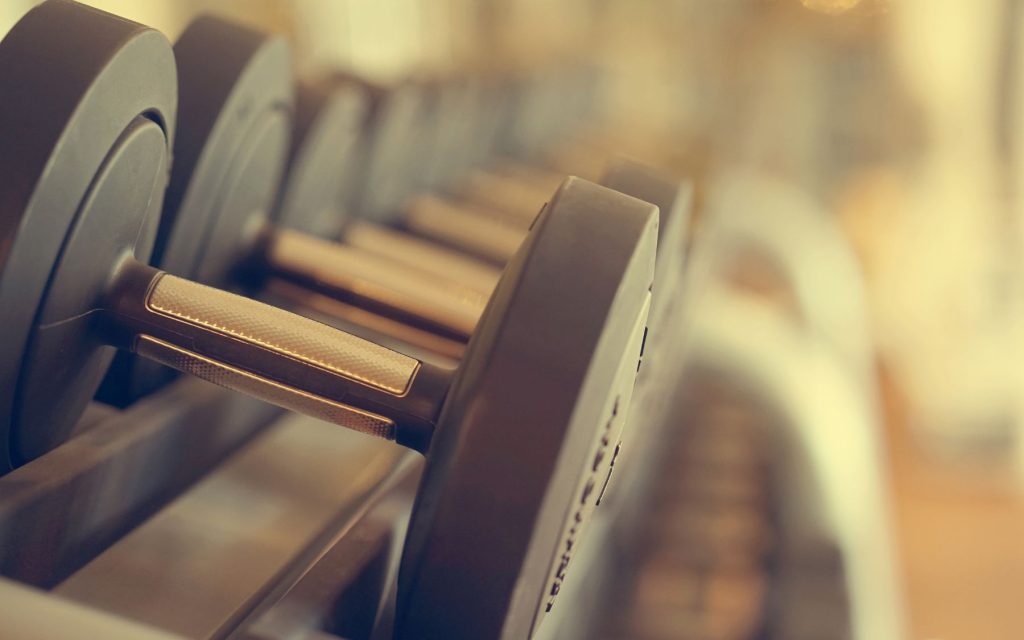
Feel Good Fitness for Midlife!
I am often asked by women in their 40s or 50s about changes in energy, mood or recovery and how they can use fitness to combat these? Cue my platform which is designed for women in midlife, with structured short functional strength sessions.
Why This Matters in Midlife
As you move through perimenopause and menopause, hormone shifts – particularly declining oestrogen and progesterone – can lead to muscle loss, fatigue, metabolic changes, bone density loss, mood swings and fluctuating weight. Strength training becomes essential: not just for maintaining muscle, supporting joints & improving our bone density, but for hormonal balance, improved metabolism, better mood and enhanced everyday function.
The guidance is clear: even just 30–45 minutes of resistance training, 3‑4 times a week, combined with moderate cardio (yes this can be as simple as walking the dogs), flexibility and recovery, makes a major difference in midlife.
Workout Structure: The Circuit Blueprint
- Duration: 30 minutes
- Frequency: 3 – 4 ×/week strength + 1 light/moderate cardio or active recovery
- Style: Circuits / Interval-style functional strength — simple, practical moves that replicate daily activities
Here’s how a session looks:
- Warm‑Up (5 min): Joint mobility, dynamic stretches (leg swings, arm circles, hip openers)
- Main Circuit (20 min): Compound moves, 45 sec work + 15 sec rest, repeated ×3 sets. Start with a light weight and build up gradually as your strength increases
- Cool‑Down (5 min): Gentle stretches and deep breathing
Key Moves for Functional Support
- Squat to Overhead Press (legs + shoulders + core)
- Reverse Lunge with Rotation (balance, hip mobility, rotational core)
- Modified Push‑Up (wall or knee variation if needed)
- Deadlift with Row (emphasizes lower back and posterior chain)
- Side Plank or Plank Shoulder Tap (anti‑rotation core stability)
These mirror everyday movements—standing up, reaching, bending, twisting—all while boosting strength, balance and posture in midlife.
Midlife-Specific Modifiers & Phasing
- Load wisely: Begin with light 2 kg weights or resistance bands, then gradually increase as strength builds. Progressive overload is key to maintaining muscle and bone health.
- Adjust during hormone shifts: If you experience fatigue, hot flashes or joint stiffness, reduce intensity: choose lighter resistance, fewer reps, or swap push‑ups for wall-presses.
- Balance in cardio: Add walking, swimming or cycling 2–3×/week – I recommend low-impact cardio for heart health and stress relief without stressing the joints or raising cortisol too high – daily steps are also key, for me that’s walking the dogs!
- Recovery counts: I cannot stress this enough, rest days and sleep are essential to support muscle repair, hormonal recovery and stress regulation.
Add Flexibility, Balance & Calm
Recovery sessions can include:
- Yoga or Pilates for joint mobility and stress reduction
- Breathwork or mindfulness to lower cortisol and soothe the nervous system
Finally:
- Remember: A mat, 2 – 4 kg dumbbells, and a resistance band are all you need to start – and gradually increase your weights as you progress.
- Stick to 30‑minute workouts—manageable, effective, and sustainable. Caroline’s Circuits proves short sessions can deliver lasting results.
- Focus on form not weight: the emphasis is on control, posture and gradual progression. This prevents injury and builds longevity.
- Remember nutrition matters: aim for 1.0–1.2g protein per kg body weight plus added protein snacks especially in midlife to support muscle repair and metabolism
In summary, this workout plan echoes my signature style: functional, time-efficient strength training, focused on real-life movements, hormonal support and consistency. With intelligent load, regular recovery and a little flexibility, it’s possible to feel stronger and more energetic than ever in your 40s, 50s, 60s and beyond.
As always, any questions please do get in touch.
Caroline x



